Guide to the Cerro Castillo Trek:
The powerful wind shook my body, snow flurries whipped my face and I used all my concentration to keep my balance as I started to descend from the top of Morro Negro pass, the highest point on the Cerro Castillo trek. I have never felt so inferior to the power of nature as I did climbing this pass. Day three of the Cerro Castillo trek brought some of the most beautiful views I saw in all of Patagonia, but also showed me the power of Mother Nature and humbled me in the process.
The Cerro Castillo trek is an amazing opportunity to experience the best of Patagonia without the crazy crowds you encounter in Torres Del Paine. Cerro Castillo National Park is one of the least known parks in Patagonia, but I don’t expect it to stay this way for long. The 4 – day, 50+ km trek is one of my favorites. It boasts beautiful rivers, incredible granite peaks, difficult mountain passes, icy lagoons, and amazing views. Cerro Castillo is a must for anyone traveling along La Ruta de los Parques, the Carretera Austral, or anyone looking to do an incredible, crowd-less trek.
Download the Park Map Here
4 Day Cerro Castillo Trek (Las Horquetas Trail) Itinerary
Day 1: Coyhaique —> Las Horquetas —> Camping Rio Turbio (16 km)
Day 2: Camping Rio Turbio —> Camping El Bosque (10 Km, Paso Penon)
Day 3: Camping El Bosque —> Camping Porteadores (8 Km, Morro Negro Pass)
Day 4: Camping Porteadores —> Villa Cerro Castillo —> Coyhaique (13 km)
** Day 2 & Day 3 have high altitude passes that must be completed early in the morning to avoid very high winds
Key Tips:
- The weather changes a lot. Be prepared for anything and check the weather forecast beforehand
- Day 3 is the most exciting, difficult, and picturesque. Plan your trek for optimal weather on this day.
- Visit the ice lagoon that is just up from Camping El Bosque
- The trail is technically called Las Horquetas Trail
- You can extend the trek by a day and camp at Neozelandes or make it there on day 3
- Download Maps.me for navigation
- Begin trekking early. The mountain passes are no joke and high winds can make them very dangerous to cross
- Peñon Pass might have snow
- You can extend your trek by a day and camp at Camping Neozelandes in order to visit Laguna Duff (the weather was bad so we opted out of this)
How to arrive at Cerro Castillo National Park
The Cerro Castillo National Park is located about 1 hour south of Coyhaique, Chile, and is easily accessible by bus. We took the bus at 8 AM from Coyhaique and paid 6,000 Chilean pesos (price varies by season). There were a few departure times and various bus companies running this route. I recommend visiting the main bus terminal in Coyhaique at least the day before to reserve your ticket. Any of the buses to Villa Cerro Castillo or Puerto Rio Tranquilo will be able to drop you off at the start of the trek. Just tell them that you need to get off the bus in Las Horquetas. Las Horquetas is no more than a sign and it will look like the bus driver has just dropped you in the middle of the road.
** This is for trekkers wanting to complete the route from Las Horquetas to Villa Cerro Castillo. You can trek in the opposite direction if you’d like, but I believe the way I did it is a lot easier.
When can you complete the Cerro Castillo Trek?
The weather in Patagonia is unpredictable and you will experience multiple climates in one day. December to April is the best time to visit Cerro Castillo National Park. I completed the trek at the end of January and still experienced a storm. Bring equipment and clothing for all conditions.
What to Expect on the Cerro Castillo Trek
I would like to highlight some of the best parts of the trek and share my personal experience of hiking it without a guide.
Day 1: Mellow Forest Walk
After a couple of weeks of hitchhiking down the Carretera Austral, Jack and I were excited to complete another multi-day trek! We caught the 8 AM bus from Coyhaique. It took an hour and a half to get to the trailhead. The bus driver yelled “Las Horquetas” and 7 people, including us, stood up to disembark. I laughed getting off the bus because we were literally in the middle of nowhere. The only indication that we were at the trailhead was a weathered wooden sign. We quickly came upon the registration tent where the park rangers thoroughly explained the course and collected our money (28,000 clp). They gave us a map and explained the importance of making it over the mountain passes early in the morning.
The trek began along a small river and led us up a hill into the forest. We spent most of the day cruising through the thick forest with little to no elevation gain. We had to take off our boots and cross 3 streams because the water levels were high.
After Lunch
Jack and I ate lunch on a big fallen log and watched the family of cows nearby. Lunch consisted of salami, cheese, and crackers – a treat compared to the usual tuna wrap. The first day was pretty easy, but by the end of the 15 km my legs were tired of carrying my heavy pack.
We ended the day along a riverbed with stunning views of the red mountains and forests blanketing the hills in green. We arrived at camp first and selected a spot right next to the river.
Day 2: Snowy peaks and ice lagoons
I had the most fun on Day 2. The weather was great and the trail did not end up being as difficult as we expected. Jack and I were the last to leave camp in the morning (around 8:30). We were excited to see how the mountain pass would be so we charged up through the forest. Someone had carved different smiley faces into the moss at the base of the trees and I enjoyed the friendly support.
Peñon Pass
We caught up to most of the other groups by the time we exited the tree line. From here it was an unorganized scramble to the top. The trail had metal poles indicating the path in sections where it was not visible. We scrambled up the rocks for a while before we reached the snowfield. There wasn’t much snow, but I liked the change of terrain and I got to chuck a snowball at Jack. I enjoyed looking back on the whole valley we had trekked up.
After the pass, we had to descend down very steep switchbacks on the same type of rock crumble. We passed a perfect glacier waterfall stream and I refilled my water with the coldest, purest water! We also ate some peanuts with snow-capped mountains looming right next to us. Once we finished the descent, the trail flattened out until the last bit before camp. We entered the forest just short of camp and the trail climbed steeply up a muddy bank. This was a thigh-burning way to end the day. The camp was more crowded
due to the people coming from the opposite direction. We made camp and had a little nap before heading out to explore the lagoon.
Icy Blue Lagoon!
In the beginning, a ranger told us we could not miss the laguna on day 2. There is not a marked trail to the lagoon. You can find a path behind the toilet. Once you get out of the trees you will see a rocky hill to ascend. We followed the rock piles up to the top and we were completely amazed by our reward. A beautiful turquoise lagoon with massive ice chunks laid before us. The glacier from the mountains stretched into this lagoon, and many ice blocks had come apart. I decided to take an icy dip and climb on one of the floating icebergs. This was a highlight of all of Patagonia for me!
Day 3: Stormy Adventure
We knew the weather was going to be a challenge on day 3. We should have left camp by 7 am to tackle the most difficult pass but it was pouring. Jack and I had no desire to pack up camp or hike through the rain so we slept in and hoped to wait it out. By noon we were getting anxious because we needed to start trekking if we didn’t want to spend an extra night here. Around 1 pm the rain stopped and we quickly made moves to pack up. We put on all our rain gear because the weather looked very ominous. I was very nervous about the weather conditions and the ability to make it over the pass.
We started climbing up through the forest. The ground was a slick, muddy terrain. We had to navigate a slippery decent at one point. I was using the tree branches to hold myself up when all of a sudden Jack slips from above and totally takes me down like a bowling pin. We laughed so hard I almost peed.
River Crossing Craziness
Next we faced a tricky decision. There seemed to be a river to cross even though there was no river on the map. A lot of water was rushing down this rocky face of the mountain and all we could see was a bent, metal pole sticking up. We initially tried to keep climbing up through the forest but the GPS was showing us farther and farther from the trail. We returned to the place where we saw the pole and Jack braved the crossing first. Thankfully both of us made it safely across and we found the trail on the other side. This was when I first realized the impact of the storm.
Next up, we needed to cross a flowing creek. Normally we could’ve easily walked across the rock bridge, but this was totally underwater. We took off our boots and tried to find an easy section to cross. The rocks under the water were so slippery and the water was ice cold. It was not a pleasant experience. After the crossing, we came upon another campground that was temporarily closed. At this point we were very close to reaching Laguna Cerro Castillo – the highlight of the trek.
Laguna Cerro Castillo
We approached the shores of the laguna and realized we needed to cross one more river to connect with the trail. I reluctantly took my boots off again and started to cross. The water was flowing out of the lagoon so it was deep and the current was powerful. It is almost impossible to smoothly walk over slippery rocks in ice-cold water. We had to cross a 10-meter wide stream and about halfway across I lost my balance. I swayed to the right a bit, and in an effort to stabilize myself, I accidentally dunked my boots under the water. I was so pissed!
My feet were freezing, my boots were soaked and we still had the most difficult section of the trek to accomplish. Thankfully, the magnificent blue laguna distracted me. It was a miracle that we got to see the full view of snow-capped mountains and bright turquoise laguna (everyone who left in the morning saw nothing due to the storm). It was very impressive!
Climbing the Morro Negro Pass
We couldn’t stay long though because we still had a major ascent ahead. At this point the wind didn’t seem too bad, but there were dark clouds pressing against the peaks of Cerro Castillo. I knew everything could change in an instant. I thought we could see the peak we needed to cross from the main viewpoint of the laguna, but I was completely wrong. Once we reached that yellow stake we saw that the mountain stretched a lot higher. The wind kept getting stronger and stronger as we stair climbed to the top. I thought that we were at the top at least 3 times before we actually made it. We spent about 10 seconds looking around before the snow flurries and wind scared us into descending.
Descending Morro Negro Pass
The next hour was the most stressful, dangerous section of trail I have ever encountered. We were basically descending stairs made out of smashed rocky tiles. The wind was so strong we had to sit down not to get blown over. Every step was meticulous and every muscle on my body was ready to react to another wind burst. Jack and I couldn’t communicate with each other because the wind stole our voices immediately. We stayed super close together and took each little section at a time. I started catching snowflakes on my tongue. I wanted to look out across the valley and beautiful river below but needed to focus on my steps.
After an eternity we finally made it to the tree line (was more like a bush line). We weren’t totally protected from the wind, but it died down a lot. The last bit of descent was easier because it was on normal ground. I was so relieved when we safely made it to camp. Everyone else had been hunkered down in their tents for hours. We cooked quickly and then passed out from exhaustion.
Day 4: The end of the Cerro Castillo Trek
Day 4 was pretty uneventful. The trek down from Camping Porteadores is easy. The trail goes through a pretty forest and you get a couple more views of the valley below. We wanted to complete the trek as quickly as possible because another storm was coming through. After we checked out at the rangers hut, we had to walk 8 km on a small dirt road. If you are incredibly lucky, someone might pass and pick you up. We walked all the way to town. By this point I just wanted a shower and a proper meal.
We made it to Villa Cerro Castillo around noon and stood on the northbound side of the road to try and hitchhike back to Coyhaique. A few groups were trying to hitchhike in the same direction. A bus showed up ten minutes later and we decided to just pay the 5,000 pesos to get back to town.
Would I do it again?
The Cerro Castillo Trek was very emotional for me and it really pushed me outside my comfort zone. I came face to face with the power of mother nature and it made me realize I had never been exposed to the elements like this before. Overall, it was a fun and rewarding experience with stunning views and low crowds. Jack and I both enjoyed the trek a lot and if the weather had been perfect I don’t think we would have struggled at all. Cerro Castillo National Park is a highlight along the Ruta de los Parques. I would definitely recommend adding it to your itinerary if you are cruising down the Carretera Austral.
Check out these other treks in Chile:
Helpful Resources:
Cerro Castillo National Park Website http://www.parquenacionalcerrocastillo.cl/trekking-parque-nacional-cerro-castillo/?lang=en
La Ruta de los Parques (an incredible resource for everything in Chilean Patagonia!) https://www.rutadelosparques.org/en/
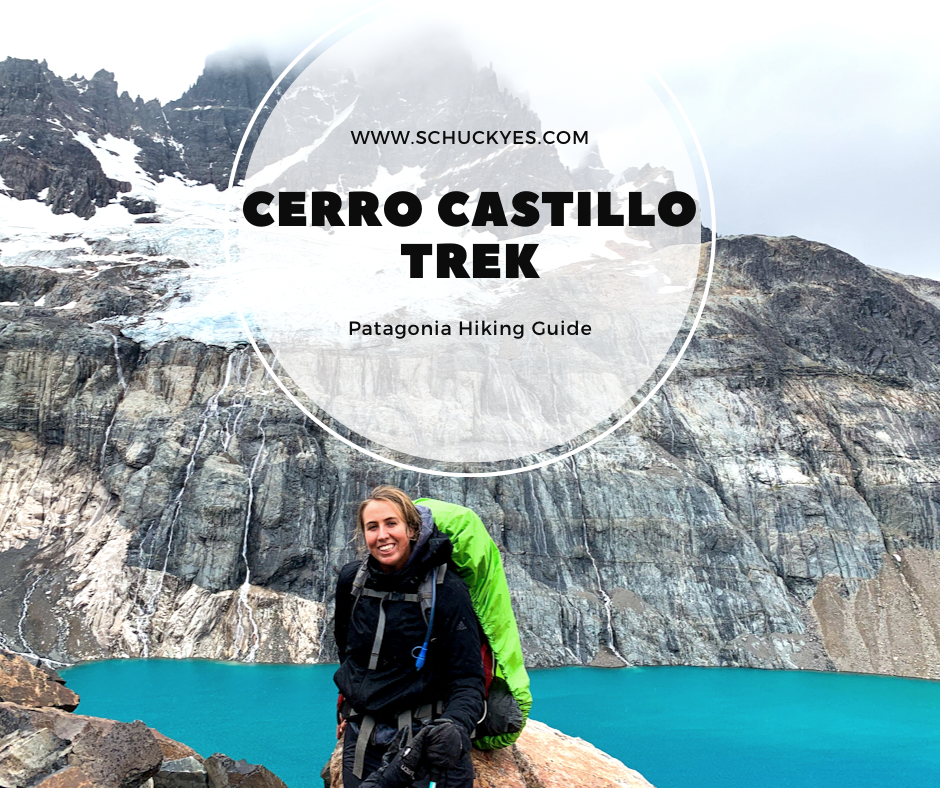
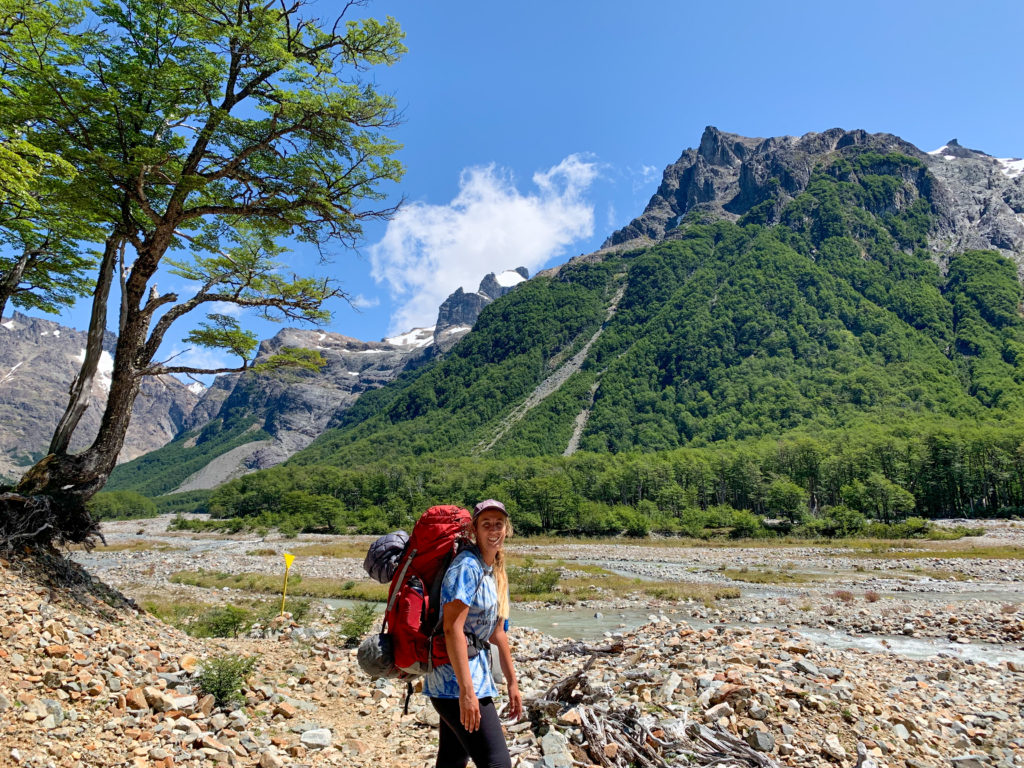
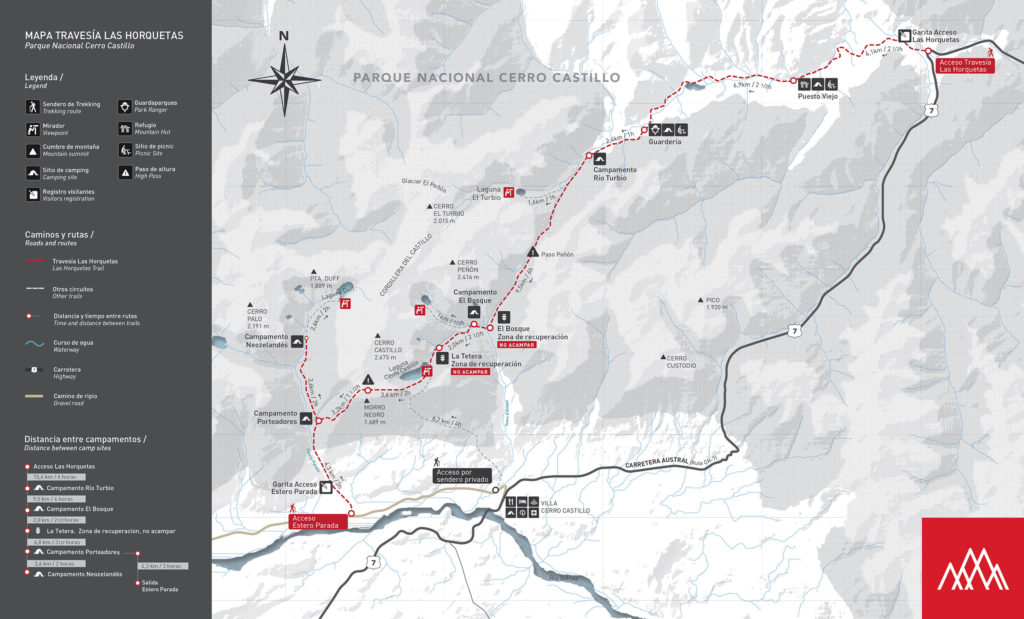
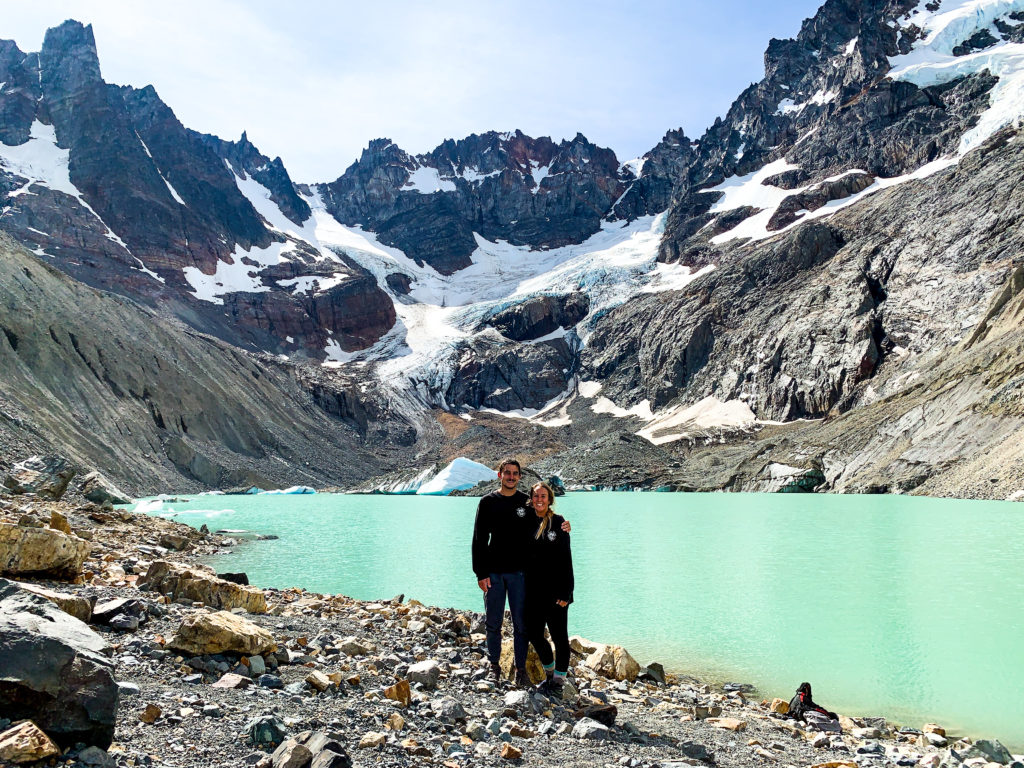
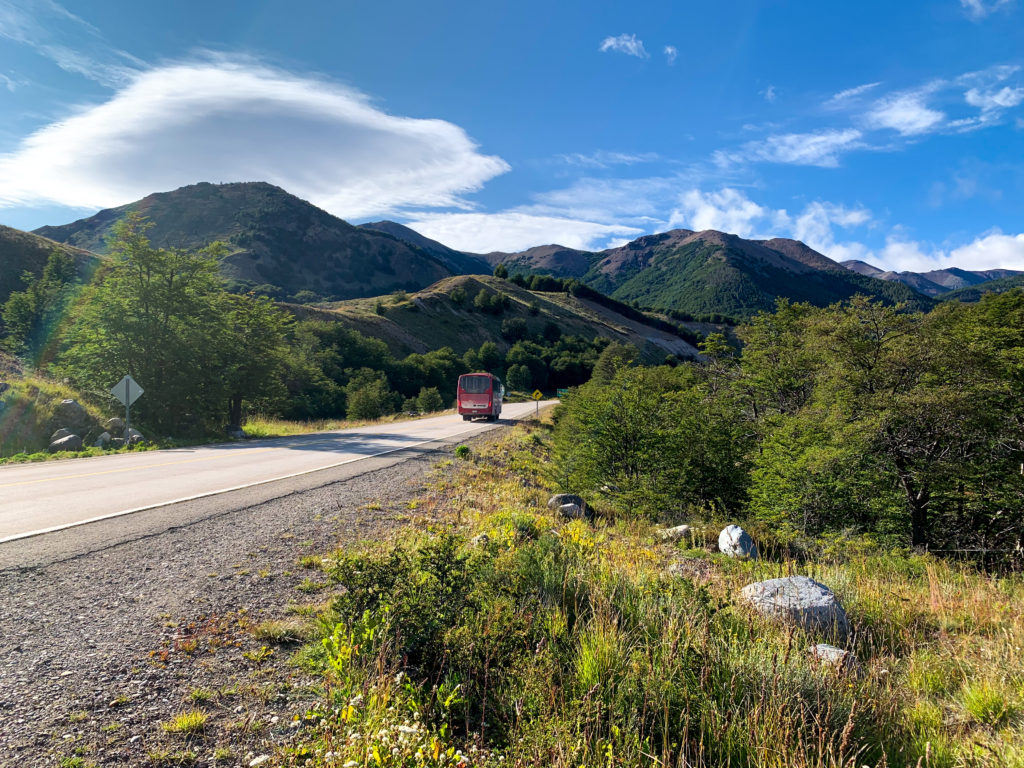
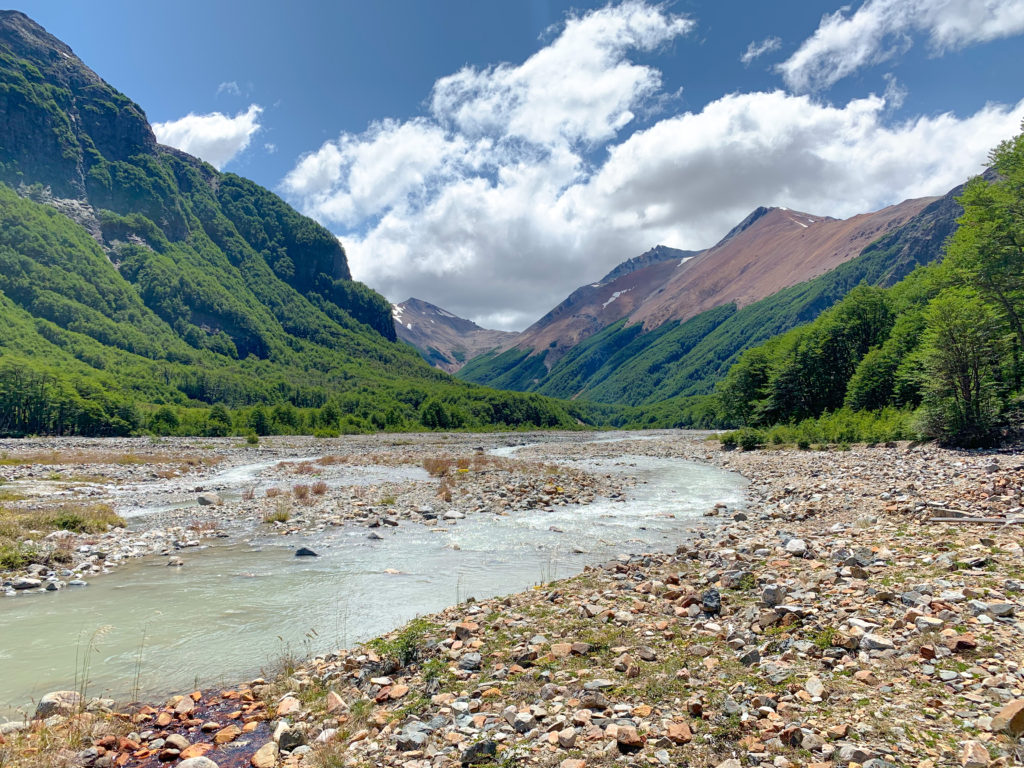
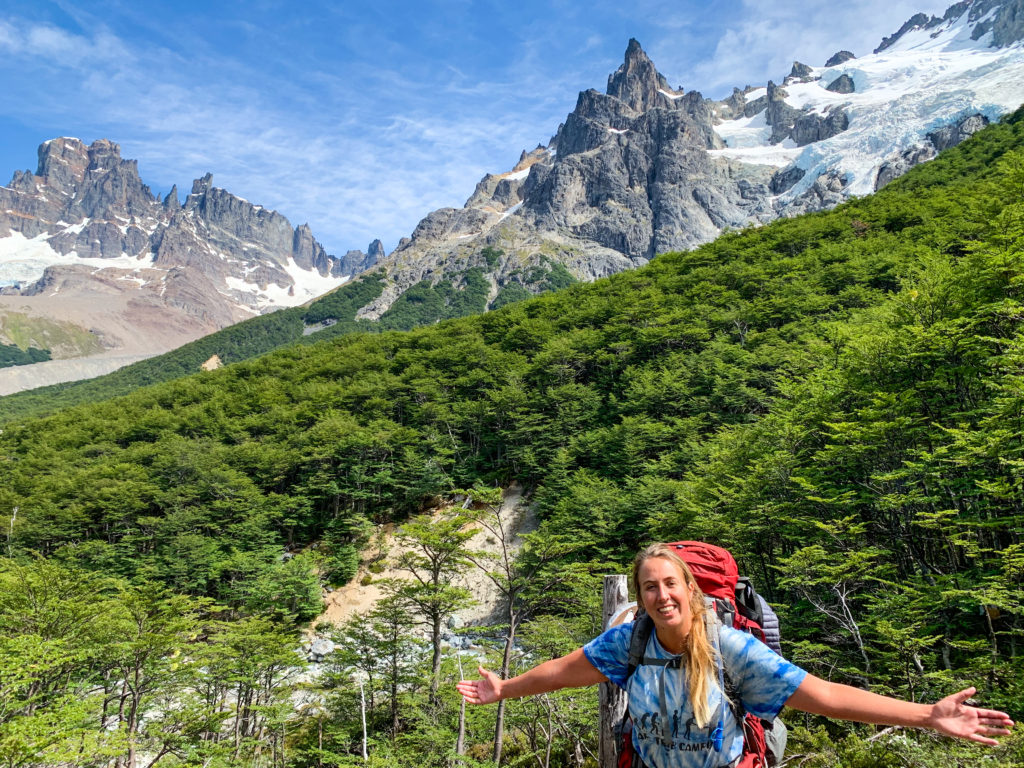
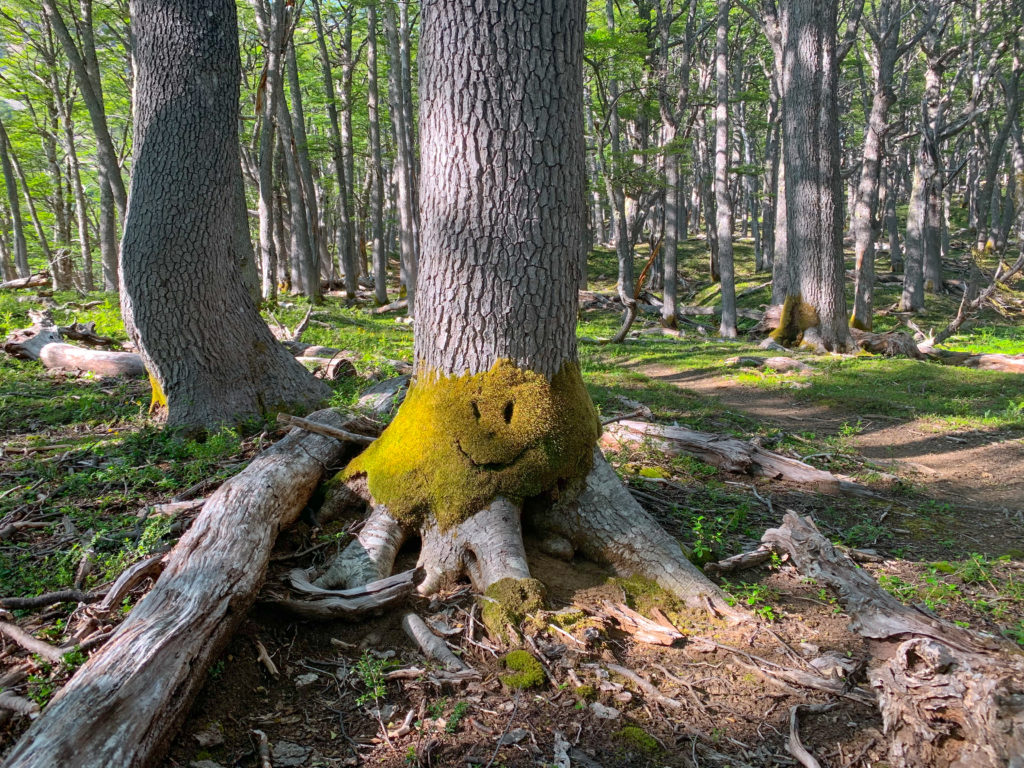
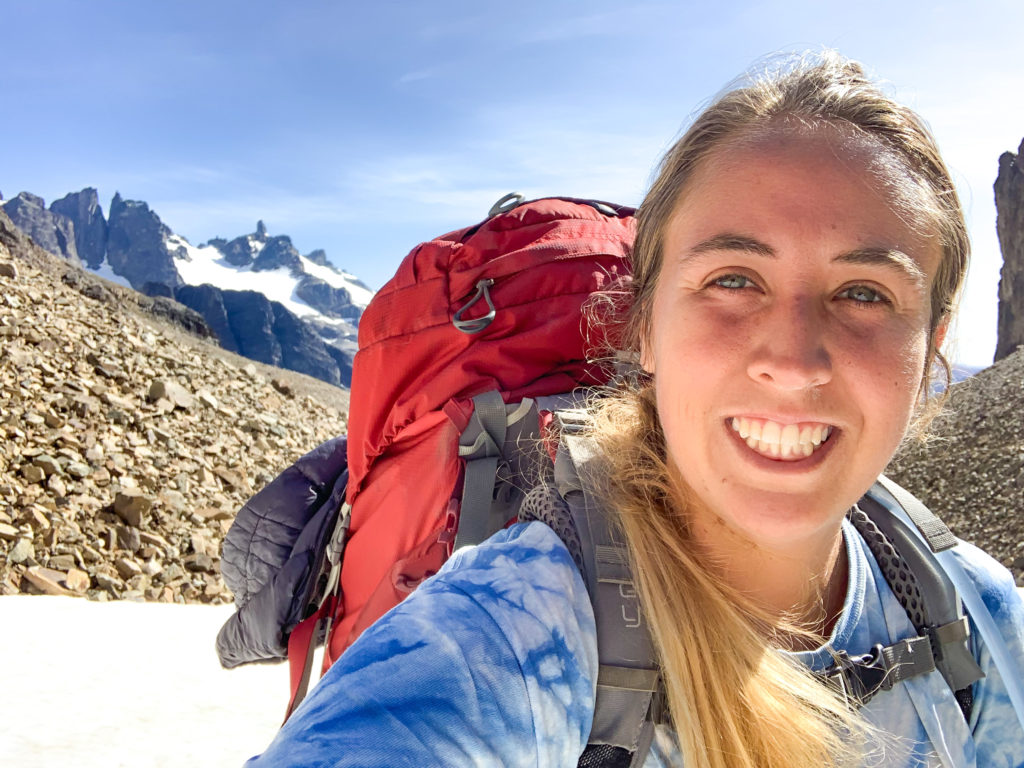
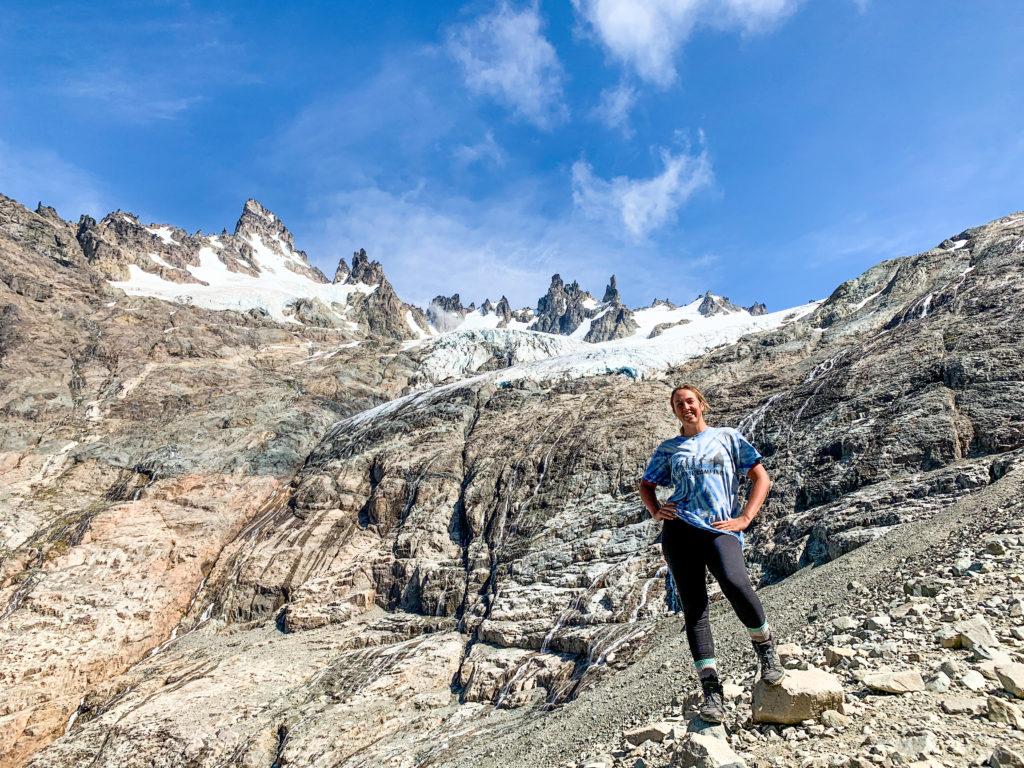
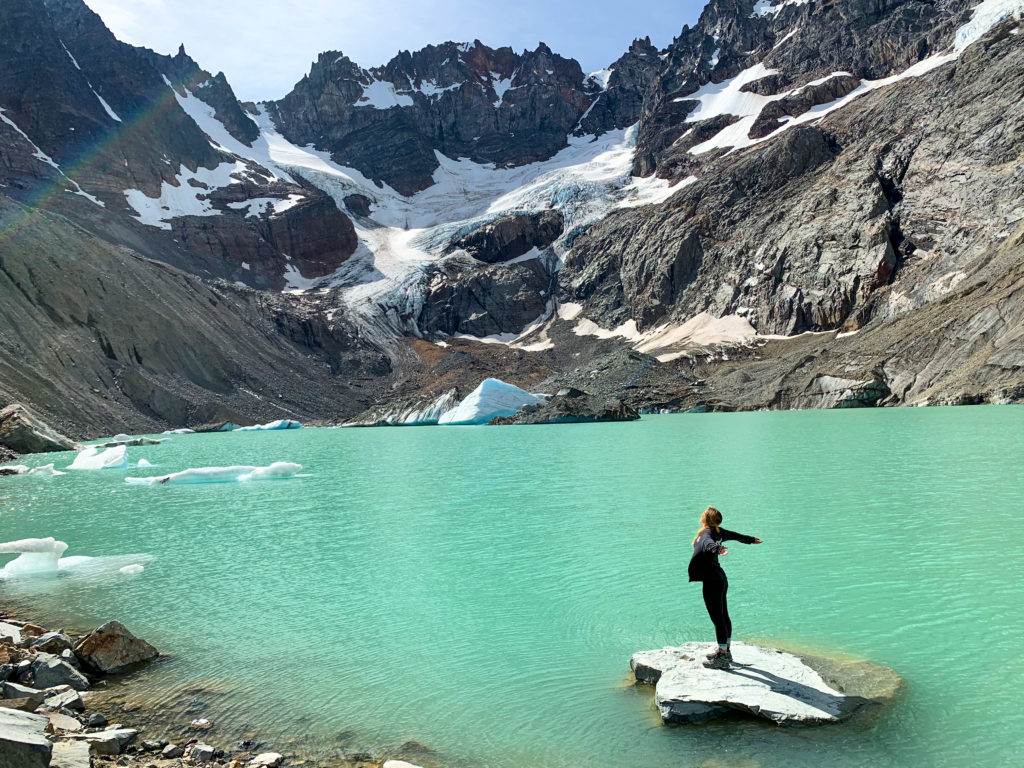
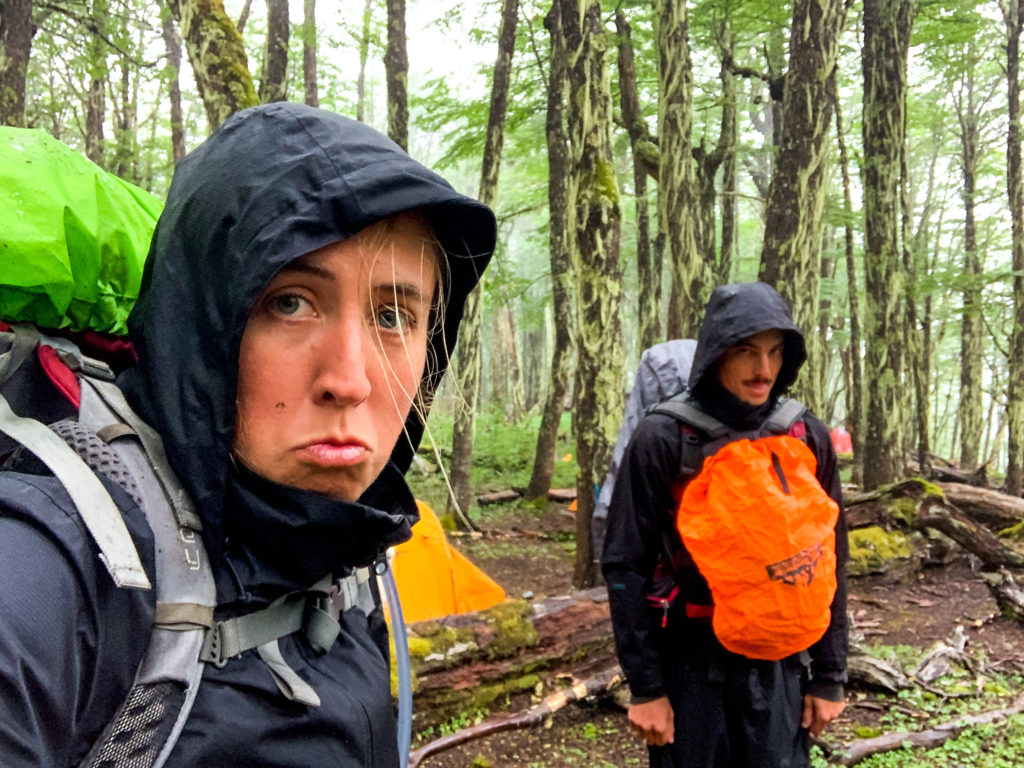
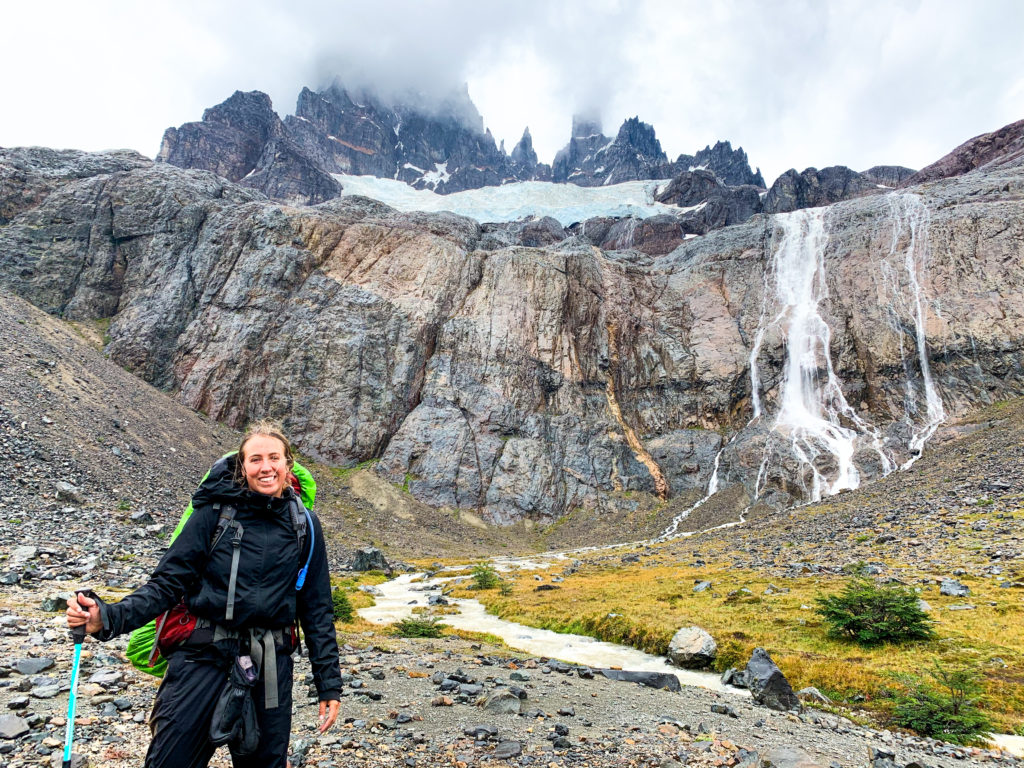
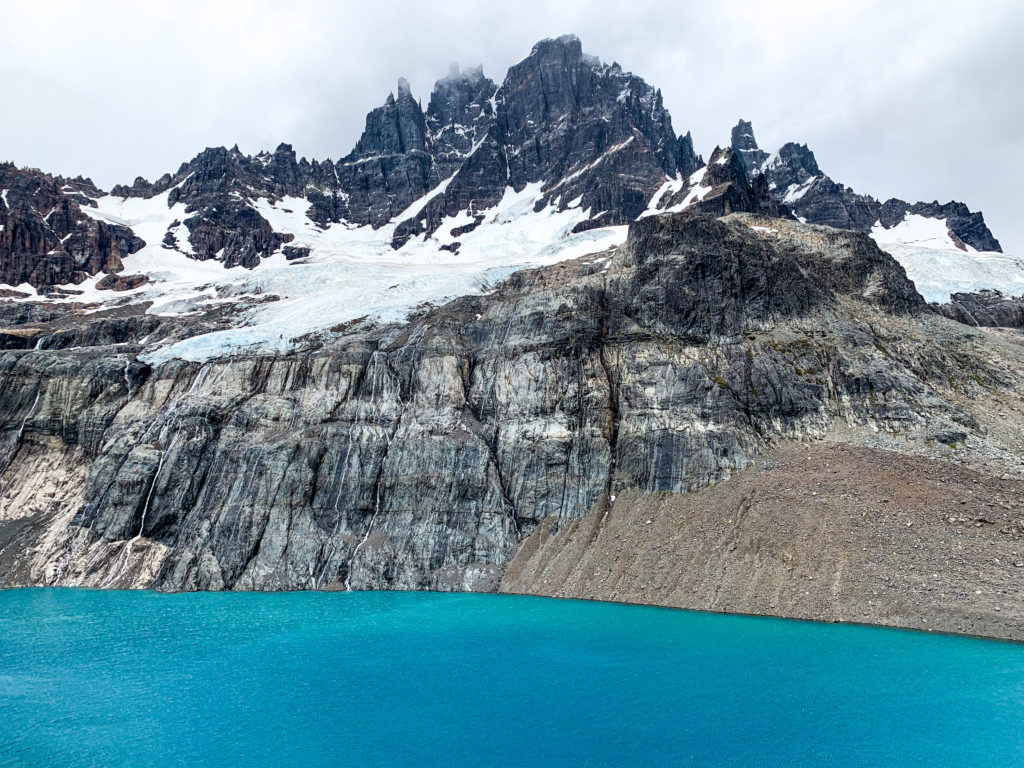
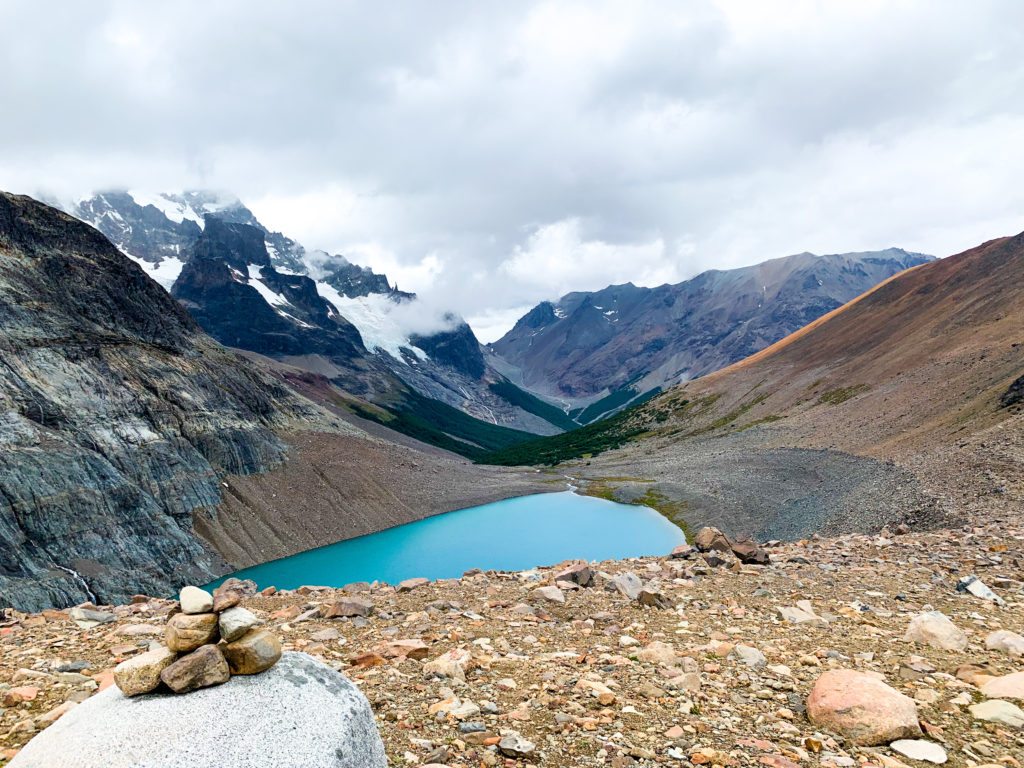
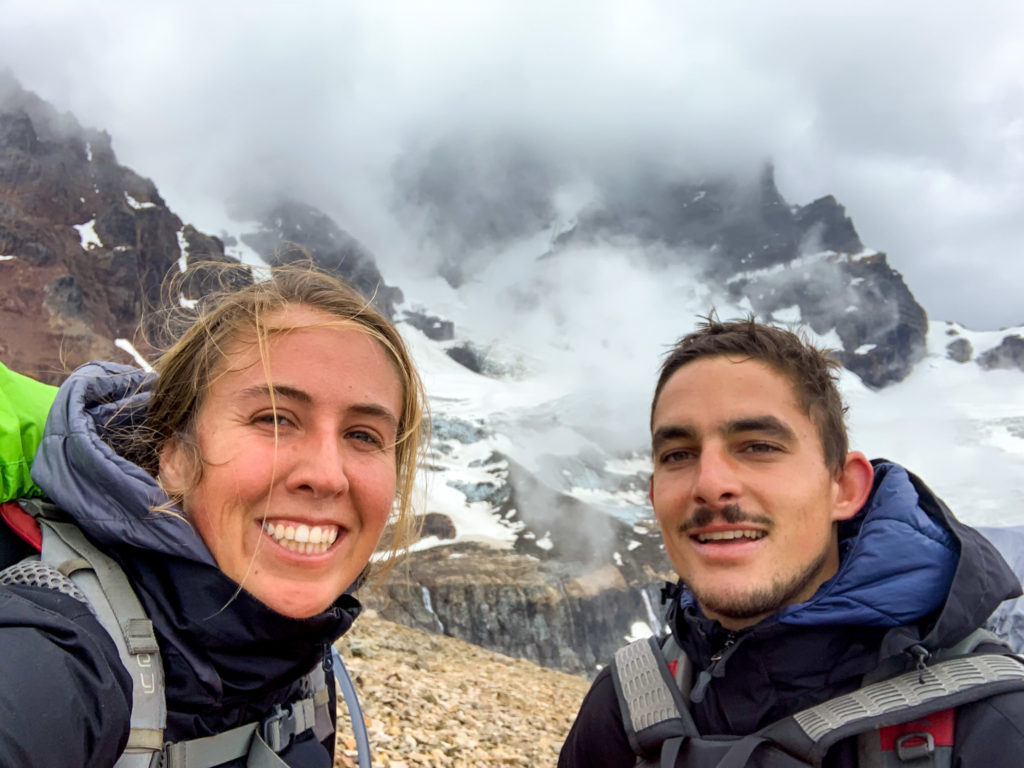
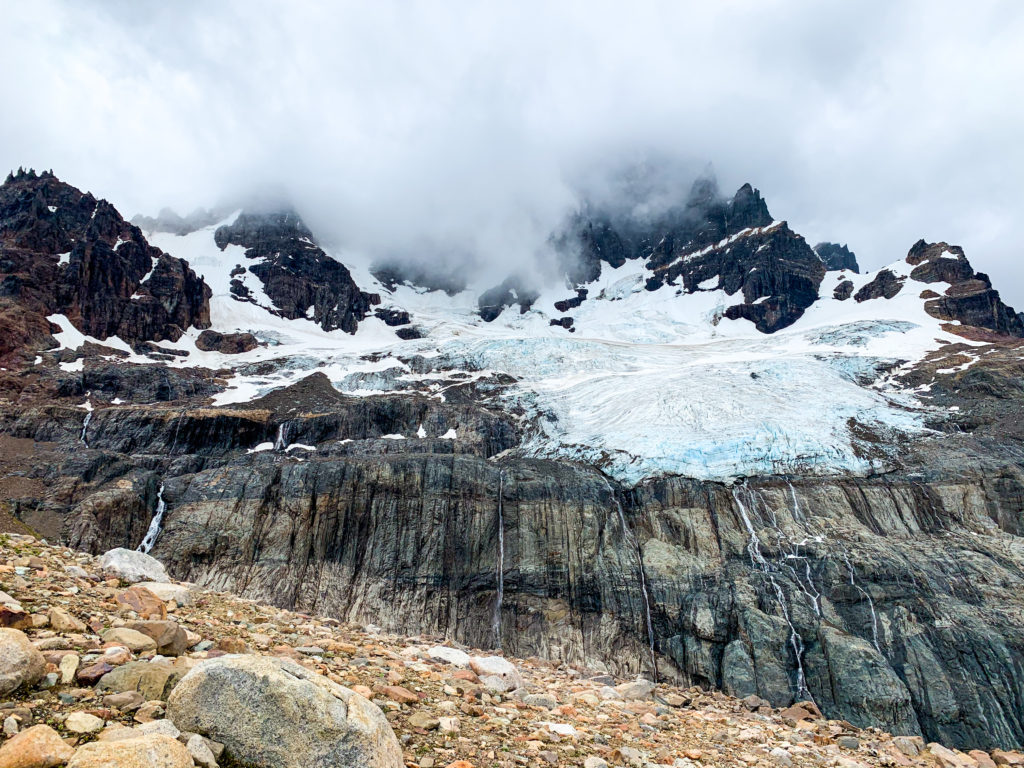
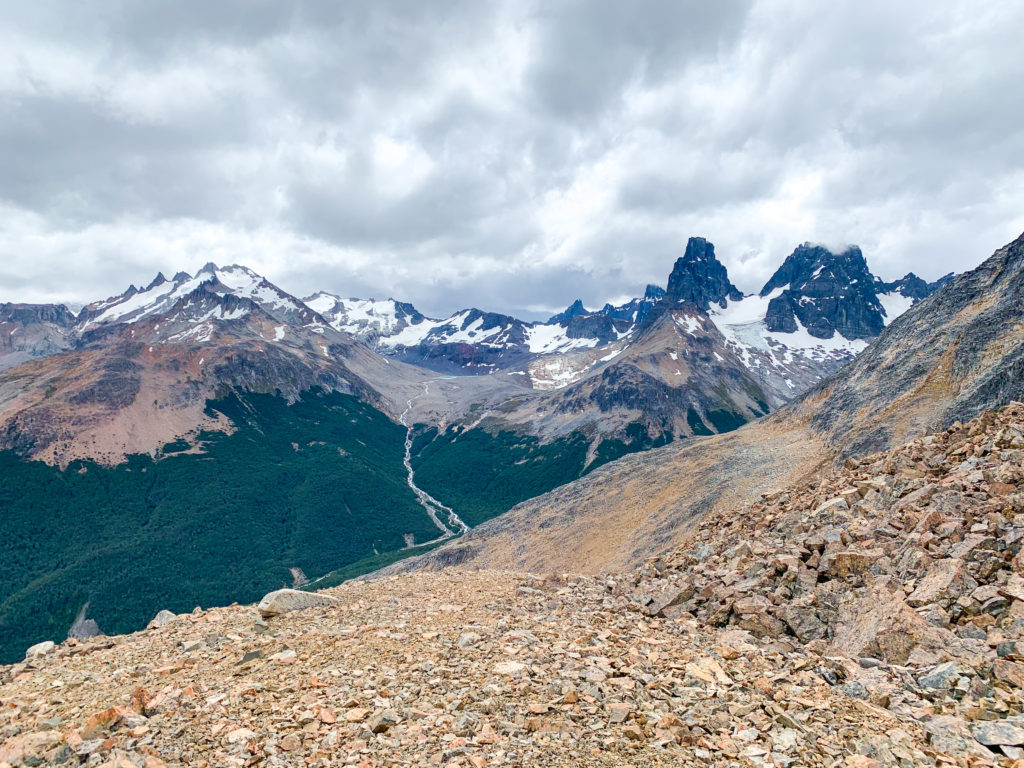
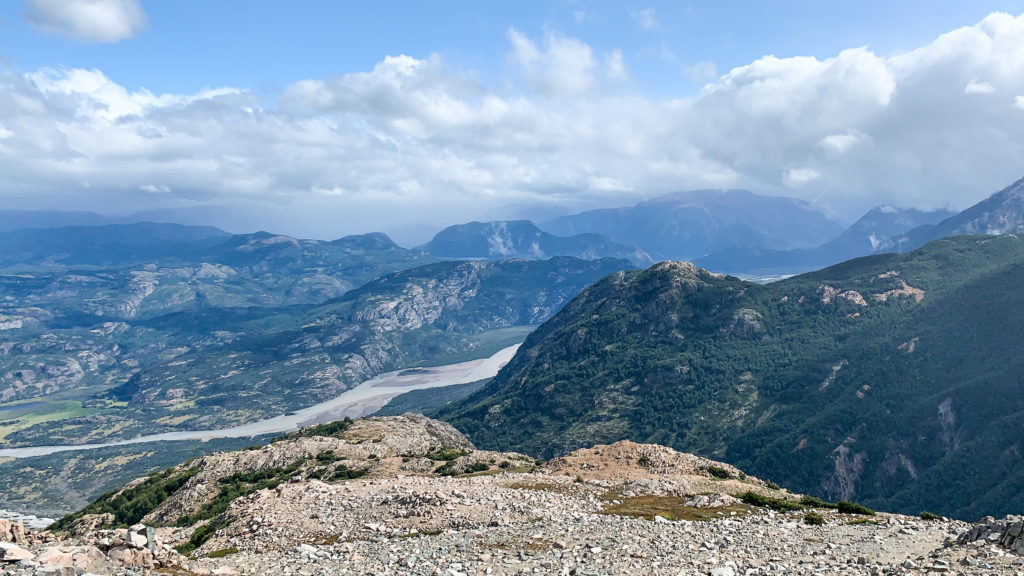
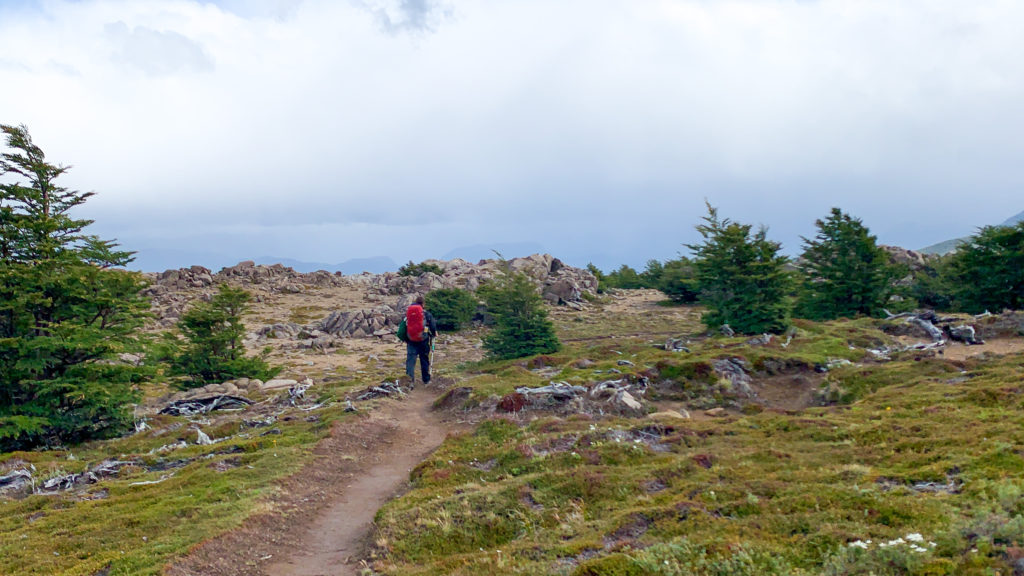
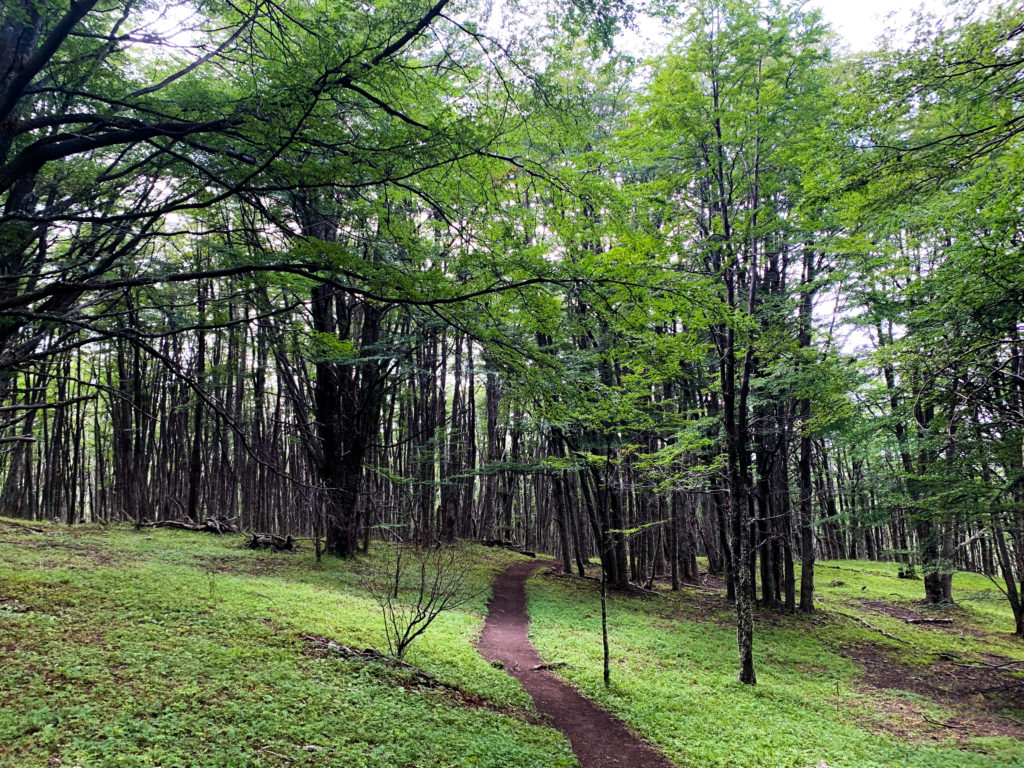
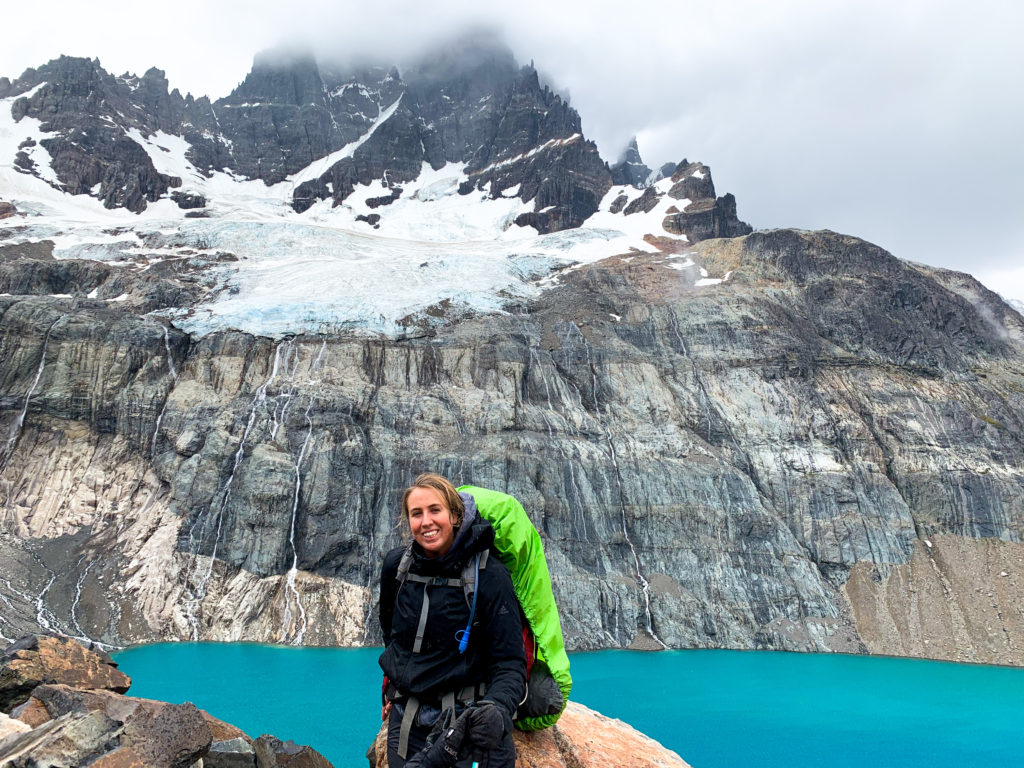

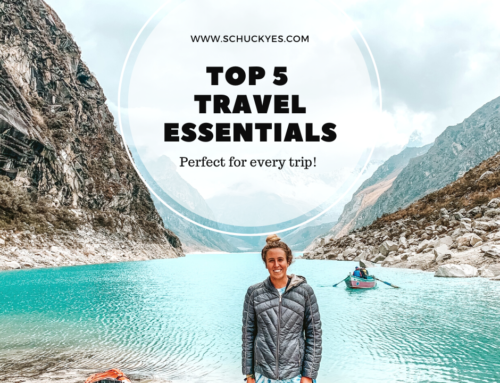
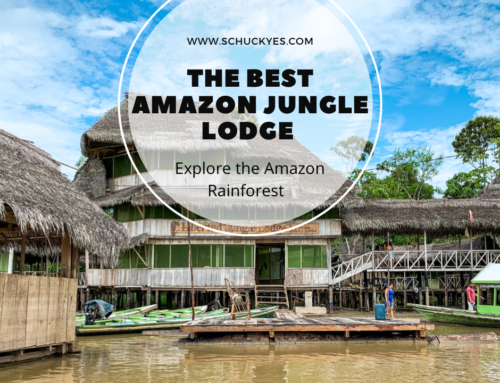
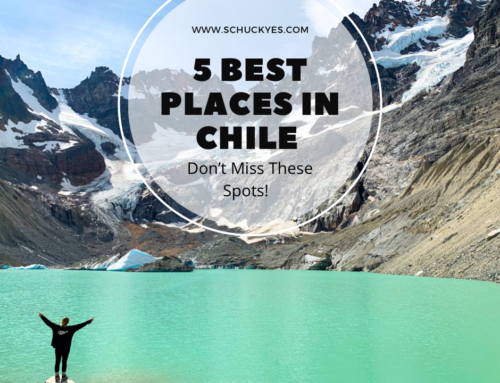
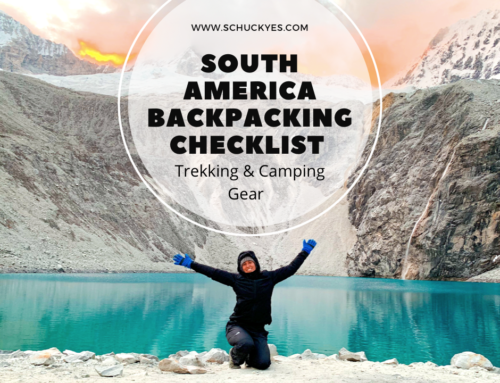
Hi!
Thanks so much for the very detailed and helpful account of your trip.
I’m curious how many other hikers were on the trail when you went? I am thinking of doing this trek by myself and am curious about how many other hikers might be out there. I did the O circuit in Torres del Paine and felt fine as there were many groups to check in with each night, but this seems more remote.
Hi Kenzie,
Sorry for my delayed response to your question. The Cerro Castillo Trek was amazing! I did not get a chance to do the O circuit because my partner had an injury but from what I hear the scenery is similar with way fewer crowds. It is definitely a remote hike but at camp each night there were probably 20-30 people. During the day we did not see many people unless we were hiking past people. I think most people go the same direction that we did. I loved this hike and definitely recommend it! You check in and out with the park rangers and you will likely arrive by bus so you can meet people that start the trek with you. I think doing this trek solo is definitely doable.